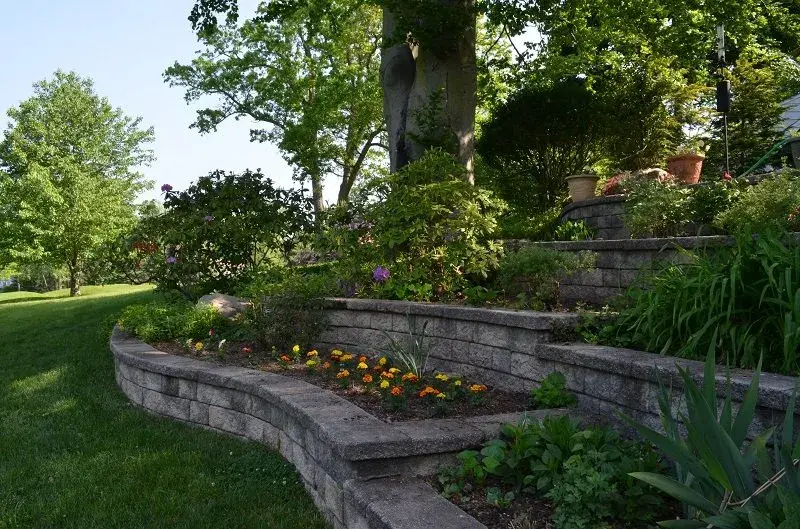
Over the last few years, the concept of edible landscaping in the front yard has gained significant traction among homeowners and landscape architects alike. This innovative approach, which seamlessly combines aesthetics and functionality, involves the integration of food-producing plants within a decorative or ornamental setting.
Instead of conventional rows of monotonous vegetables, think of lush green spinach interspersed with vibrant marigolds, or a robust apple tree providing not only shade but also fruits during the autumn months. While this sustainable landscaping method certainly adds a unique visual appeal to your home, it also offers practical benefits such as reducing grocery bills and promoting healthier eating habits.
But how does one begin to transform a traditional front yard into an edible masterpiece? As we delve into this topic, we’ll explore the key considerations and best practices to keep in mind, providing an informed foundation for your edible landscaping endeavors.
Planning Your Edible Landscape
In order to effectively transform your front yard into a productive, edible landscape, it is crucial to start with a comprehensive planning phase that takes into consideration factors such as local climate, soil type, sunlight exposure, and your personal dietary preferences.
Detailed research on the plants that thrive in your local climate and soil type is key. Choose plants that can receive optimal sunlight in your yard. For example, leafy greens and root vegetables generally require less sunlight than fruit-bearing plants.
Your dietary preferences also play a key role in this planning phase. Incorporate plants that you and your family will enjoy eating, to ensure that no part of your productive, edible landscape goes to waste.
Growing and Maintaining Edible Plants
Having laid out a detailed plan for your edible landscape, the next critical step involves the cultivation and upkeep of chosen plants to ensure a healthy, thriving garden.
Pay close attention to each plant’s specific requirements, including sunlight, water, soil type, and space. For example, tomatoes require full sun and well-drained soil to grow, while lettuce thrives in cooler conditions and can tolerate partial shade.
Regular fertilizing and pruning will help maintain plant health and maximize yield. Prevent pests and diseases by rotating crops and using organic methods.
Conclusion
In conclusion, edible landscaping presents an innovative solution to food production, transforming ordinary front yards into bountiful gardens.
A stunning 80% of the world’s land suitable for growing food is already in use, highlighting the importance of this sustainable option.
With careful planning and maintenance, homeowners can successfully harvest aesthetic pleasure and nutritious food simultaneously from their front yards, thus marrying beauty with function in a most delightful and rewarding manner.
Read More:
Drought-Tolerant Front Yard Landscaping: Beauty With Efficiency
Before and After Front Yard Landscaping Makeovers: Inspiring Transformations
